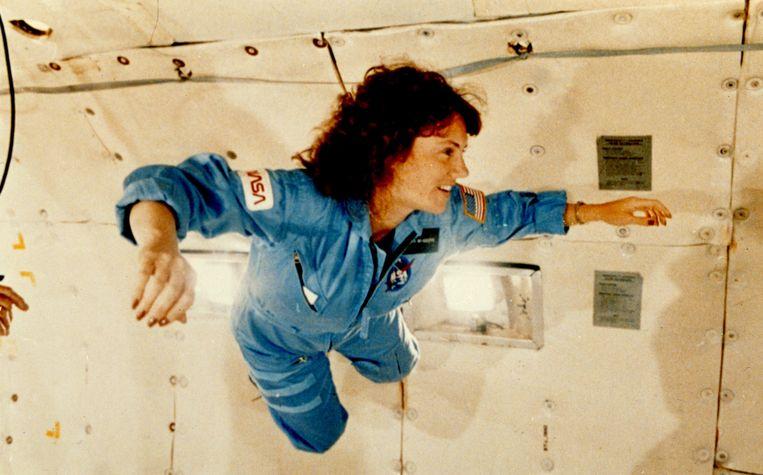Day to day, on 28 January 1986, the space shuttle Challenger was launched for the last time. Onboard were six astronauts and Christa McAuliffe (37), an ordinary citizen and American teacher who would make space travel popular with schoolchildren. The teacher never made it to space, as the space shuttle exploded 73 seconds after launch, barely 18 kilometers from Earth.
The STS-51-L (Space Transportation System-51-L) was not only the 25th flight of the space shuttle challenger program, but it was also the first flight with an ordinary civilian on board. McAuliffe was selected by the American space agency NASA from as many as 11,000 candidates to become the first astronaut teacher in space.
Public favorite
After a selection procedure lasting several months, George Bush Senior announced on July 19, 1985 – about six months before the launch – that the American teacher had been selected to be the first citizen to go to space. The months that followed were quite intense for McAuliffe. In six months, she was prepared to go into space, where she would not only conduct experiments but also teach briefly as the “first teacher in space”. An idea from NASA to make space more popular with the general public.
In addition, McAuliffe was continuously interviewed by numerous Americans, as well as international media. And so she was soon catapulted into the public favorite: she lived the dream of many Americans.
D-day
In January 1986, the time had finally come. Together with Francis ‘Dick’ Scobee (46), Michael J. Smith (40), Ellison Onizuka (39), Judith Resnick (36), Ronald McNair (35), and Gregory Jarvis (41), the 37-year-old teacher boarded the Space shuttle Challenger. The mission would last six days and 34 minutes, and the space shuttle would land back on Earth on 3 February 1986. On the day of the historic launch, everyone was sitting in front of the tube to follow the adventure of the astronauts and McAuliffe.
But after 73 seconds, barely 18 kilometers above the earth, the space shuttle suddenly burst. The rocket, which had just been moving at lightning speed, had made way for a gigantic plume of smoke and numerous chunks of debris. Only the cockpit, containing the astronauts, seemed to emerge almost intact from the cloud of burnt gases on which it crashed for more than 15 kilometers. “We have to assume that the astronauts did not survive this,” it sounded on American radio and TV. All seven crew members were killed in the crash.
America, and with the expansion of the whole world, was stunned. Space missions had finally gained popularity with the general public, thanks to a creditable attempt by the American space agency, but also thanks to Christa McAuliffe, who had made astronaut life tangible. The crash would, therefore, make a big impression on a whole generation of Americans.
Human error
And while the crash was initially dismissed as a technical error, it turned out to be mainly human error. Rocket engineers had warned that the O-ring – which had to prevent the combustion gases from leaking – in the thrust rocket, was not resistant to the cold weather conditions. But those warnings were ignored by NASA. After the O-ring broke down, large quantities of liquid hydrogen and oxygen were released, substances that burn at lightning speed. Amid the subsequent inferno, the space shuttle was utterly torn apart.
